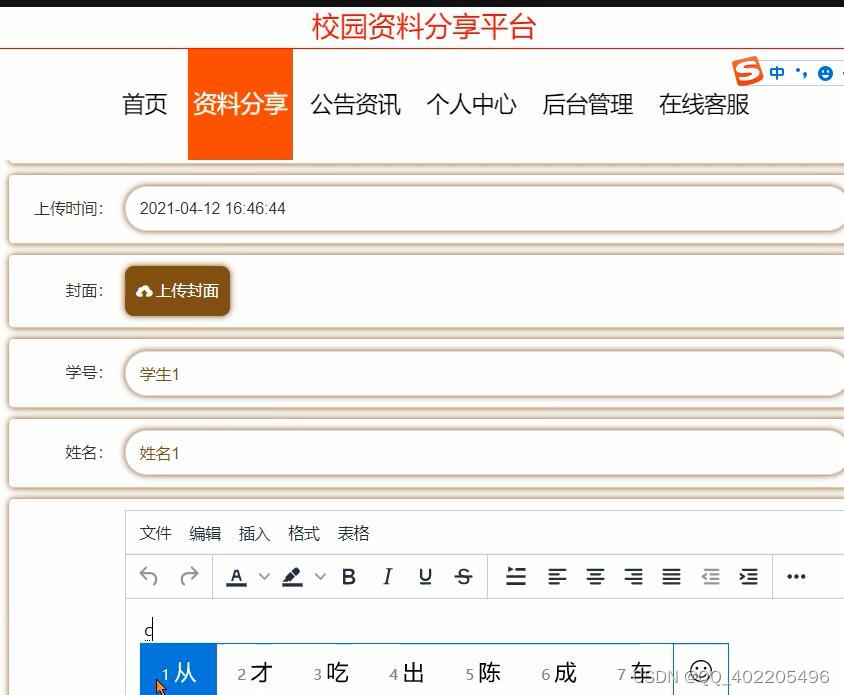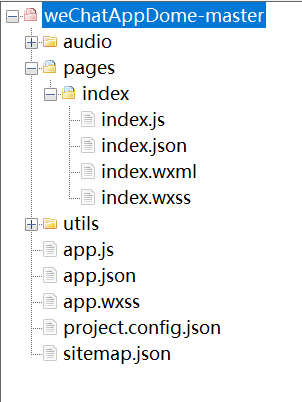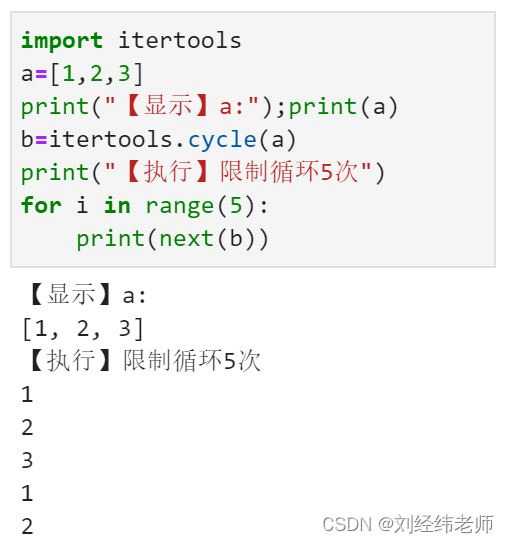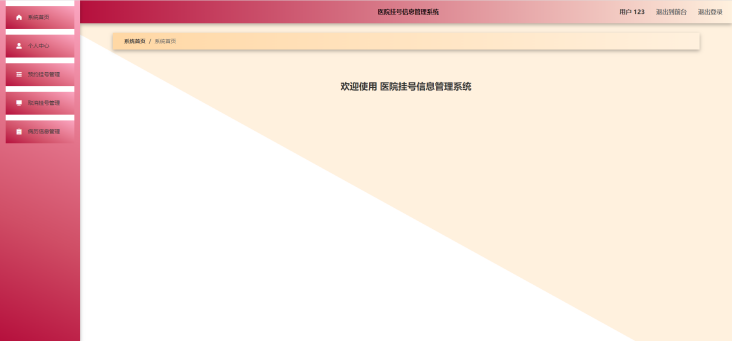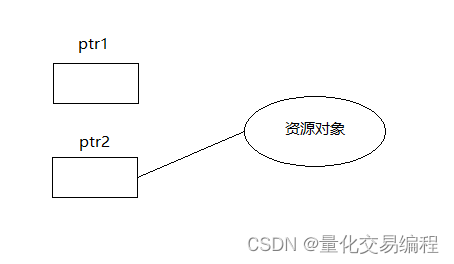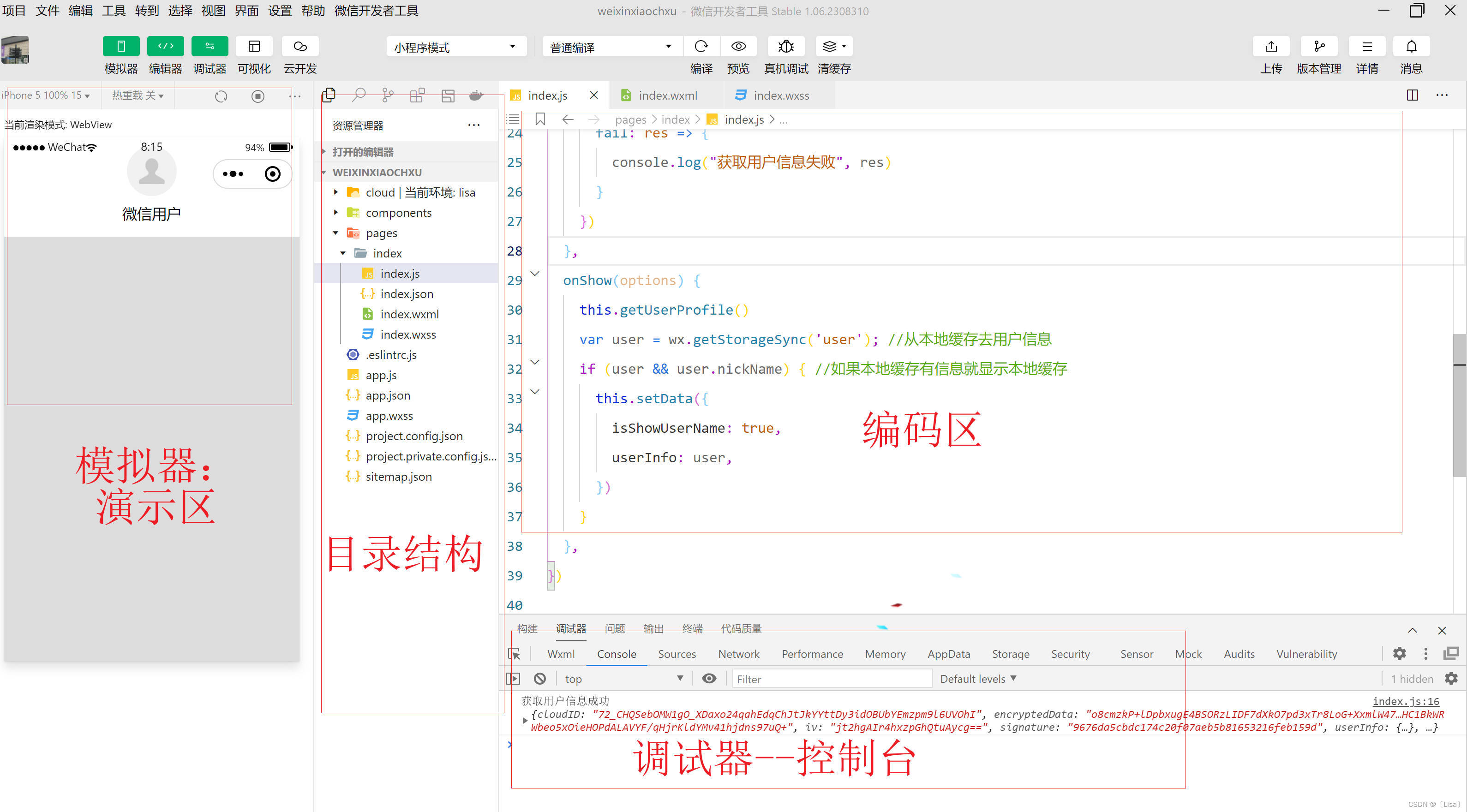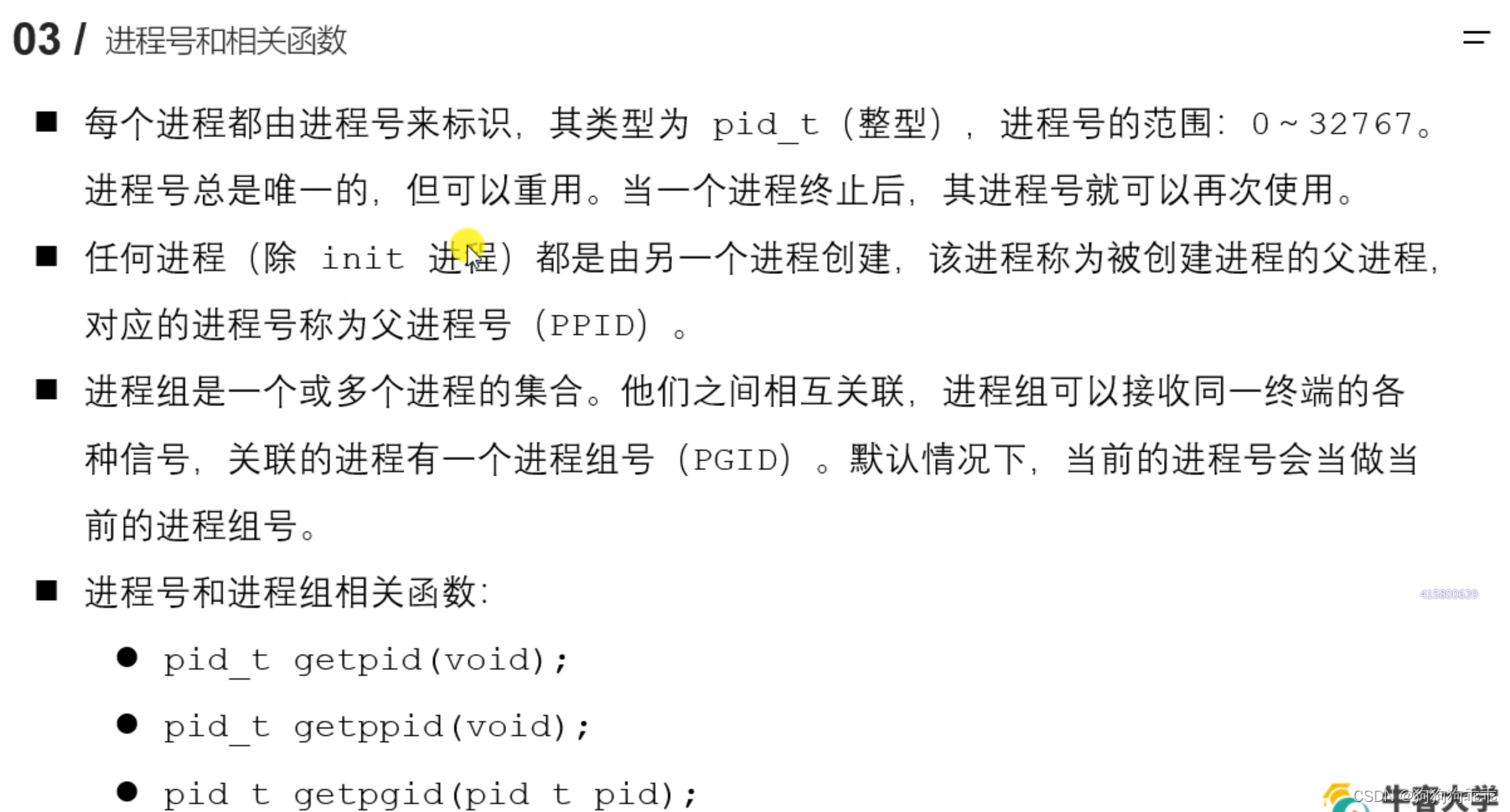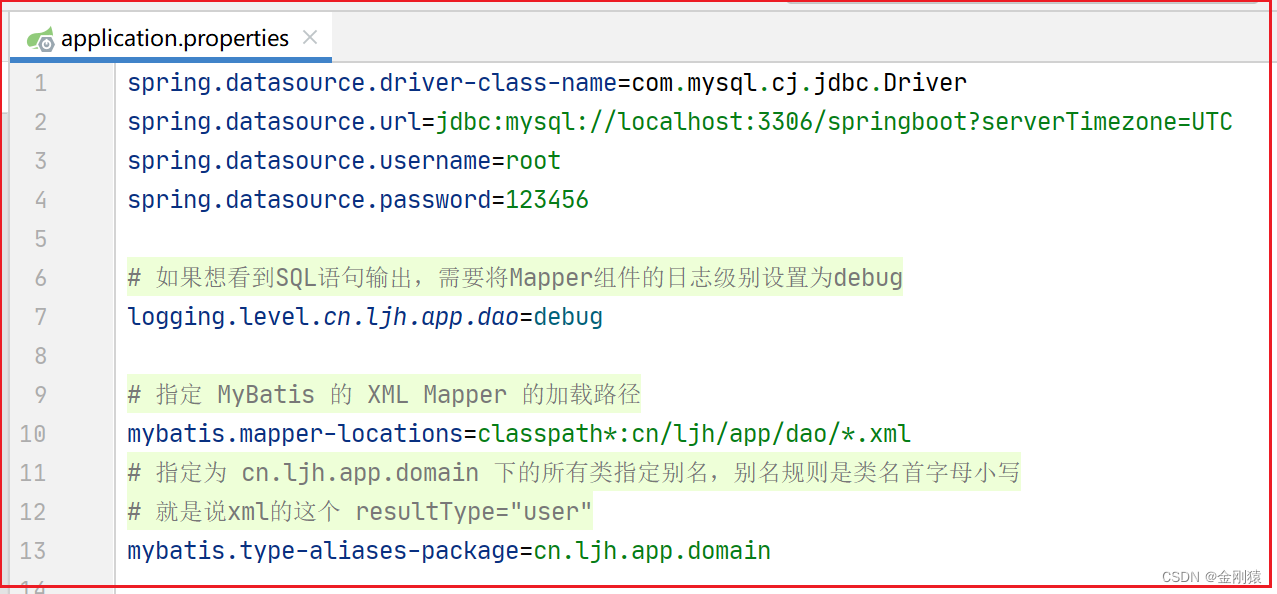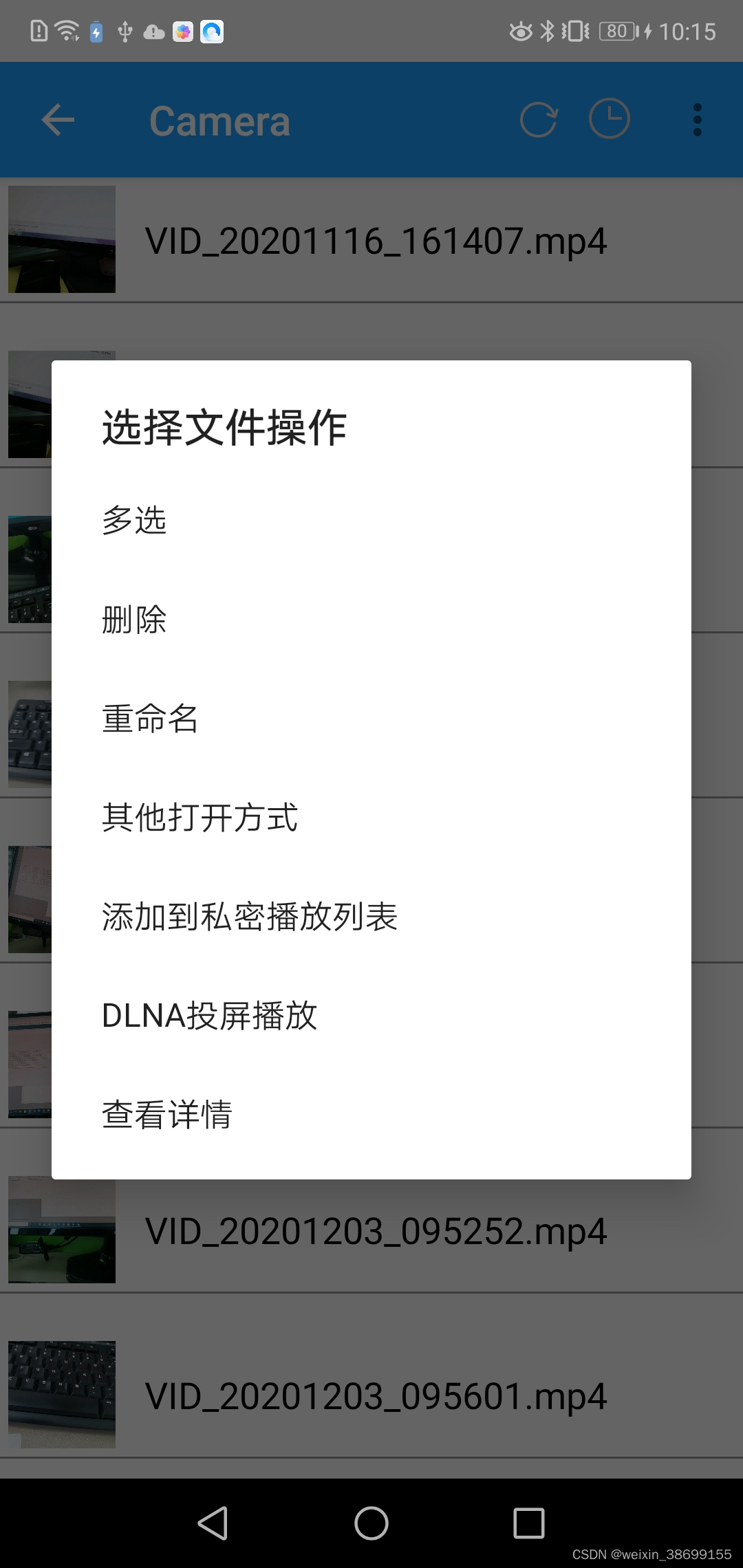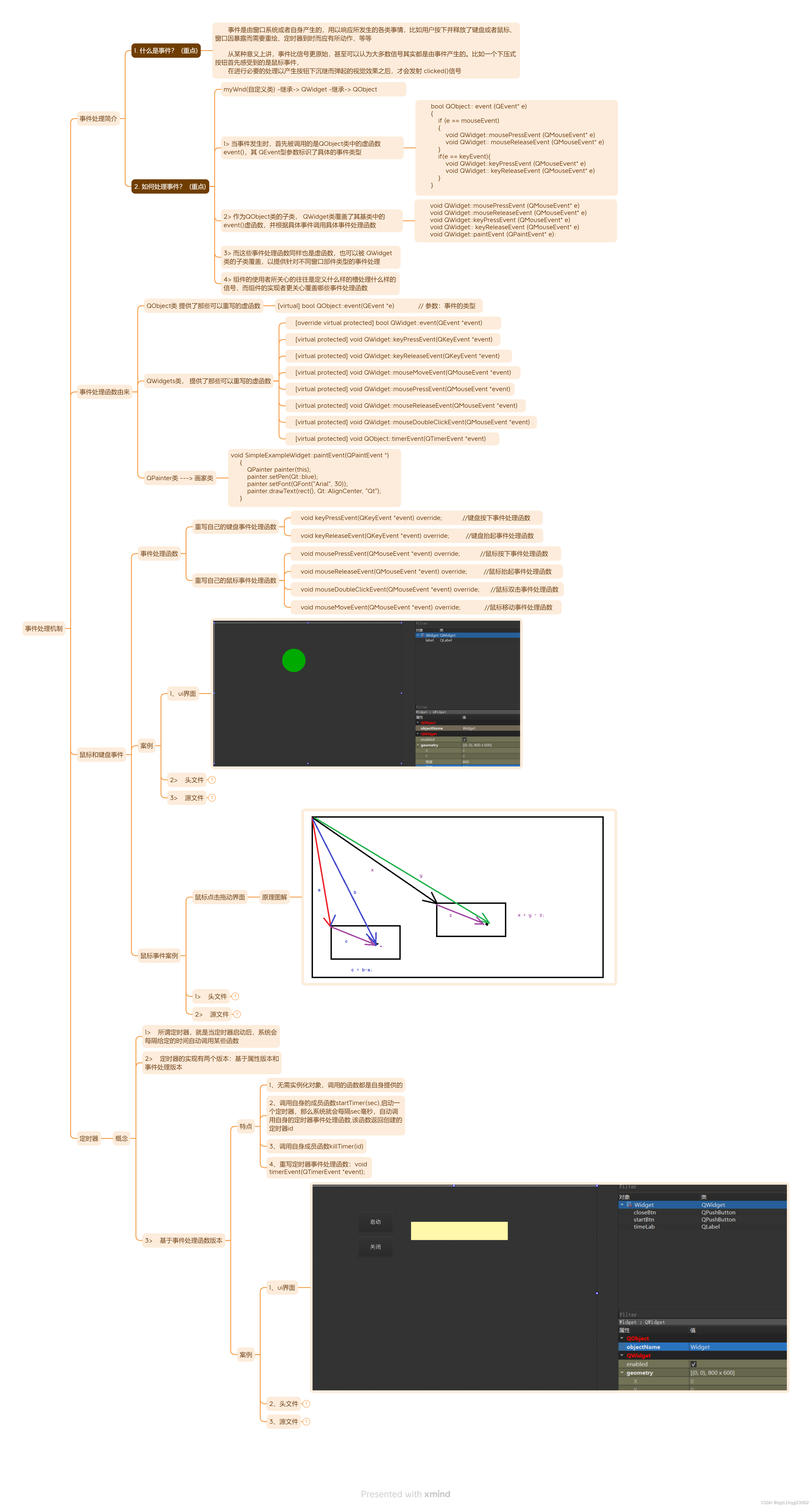目录
- 引言
- 1. Java注解简介
- 1.1 什么是注解
- 1.2 注解的作用
- 1.3 常见的Java注解
- 2. 自定义注解案例
- 3. AOP自定义注解的应用
- 3.1 AOP简介
- 3.2 AOP自定义注解
- 总结

引言
在Java开发中,注解是一种非常重要的语言特性,它们可以为代码提供额外的信息和元数据。本文将介绍Java注解的基本概念,并深入探讨自定义注解和AOP自定义注解的应用。
1. Java注解简介
1.1 什么是注解
注解是一种用于为程序代码添加元数据的方式。它们可以用于描述类、方法、字段等程序元素的特性和行为。Java注解使用@符号作为前缀,并可以包含参数和值。
1.2 注解的作用
提供额外的元数据:注解可以为代码提供额外的信息,如作者、版本号、创建日期等。
编译时检查:注解可以在编译时对代码进行静态检查,以确保代码的正确性和一致性。
运行时处理:注解可以在运行时通过反射机制获取和处理,以实现一些特定的功能。
1.3 常见的Java注解
@Override:用于标识方法覆盖父类的方法。
@Deprecated:用于标识已过时的方法或类。
@SuppressWarnings:用于抑制编译器警告。
@FunctionalInterface:用于标识函数式接口。
- Java注解分类
JDK基本注解
JDK元注解
自定义注解
- JDK基本注解
@Override
重写
@SuppressWarnings(value = "unchecked")
压制编辑器警告
- JDK元注解
@Retention:定义注解的保留策略
@Retention(RetentionPolicy.SOURCE) //注解仅存在于源码中,在class字节码文件中不包含
@Retention(RetentionPolicy.CLASS) //默认的保留策略,注解会在class字节码文件中存在,但运行时无法获得,
@Retention(RetentionPolicy.RUNTIME) //注解会在class字节码文件中存在,在运行时可以通过反射获取到
@Target:指定被修饰的Annotation可以放置的位置(被修饰的目标)
@Target(ElementType.TYPE) //接口、类
@Target(ElementType.FIELD) //属性
@Target(ElementType.METHOD) //方法
@Target(ElementType.PARAMETER) //方法参数
@Target(ElementType.CONSTRUCTOR) //构造函数
@Target(ElementType.LOCAL_VARIABLE) //局部变量
@Target(ElementType.ANNOTATION_TYPE) //注解
@Target(ElementType.PACKAGE) //包
注:可以指定多个位置,例如:
@Target({ElementType.METHOD, ElementType.TYPE}),也就是此注解可以在方法和类上面使用
@Inherited:指定被修饰的Annotation将具有继承性
@Documented:指定被修饰的该Annotation可以被javadoc工具提取成文档.
- 自定义注解
注解分类(根据Annotation是否包含成员变量,可以把Annotation分为两类):
标记Annotation:
没有成员变量的Annotation; 这种Annotation仅利用自身的存在与否来提供信息
元数据Annotation:
包含成员变量的Annotation; 它们可以接受(和提供)更多的元数据;
- 如何自定义注解?
使用@interface关键字, 其定义过程与定义接口非常类似, 需要注意的是:
Annotation的成员变量在Annotation定义中是以无参的方法形式来声明的, 其方法名和返回值类型定义了该成员变量的名字和类型,
而且我们还可以使用default关键字为这个成员变量设定默认值;
2. 自定义注解案例
- 案例一
demo1
package com.yuan.annotation.demo1;
/**
*
* 获取类与方法上的注解值
*/
@MyAnnotation1(name = "abc")
public class Demo1 {
@MyAnnotation1(name = "xyz")
private Integer age;
@MyAnnotation2(model = TranscationModel.Read)
public void list() {
System.out.println("list");
}
@MyAnnotation3(models = {TranscationModel.Read, TranscationModel.Write})
public void edit() {
System.out.println("edit");
}
}
Demo1Test
package com.yuan.annotation.demo1;
import org.junit.Test;
public class Demo1Test {
@Test
public void list() throws Exception {
// 获取类上的注解
MyAnnotation1 annotation1 = Demo1.class.getAnnotation(MyAnnotation1.class);
System.out.println(annotation1.name());//abc
// 获取方法上的注解
MyAnnotation2 myAnnotation2 = Demo1.class.getMethod("list").getAnnotation(MyAnnotation2.class);
System.out.println(myAnnotation2.model());//Read
// 获取属性上的注解
MyAnnotation1 myAnnotation1 = Demo1.class.getDeclaredField("age").getAnnotation(MyAnnotation1.class);
System.out.println(myAnnotation1.name());// xyz
}
@Test
public void edit() throws Exception {
MyAnnotation3 myAnnotation3 = Demo1.class.getMethod("edit").getAnnotation(MyAnnotation3.class);
for (TranscationModel model : myAnnotation3.models()) {
System.out.println(model);//Read,Write
}
}
}
MyAnnotation1
package com.yuan.annotation.demo1;
import java.lang.annotation.*;
/**
* MyAnnotation1注解可以用在类、接口、属性、方法上
* 注解运行期也保留
* 不可继承
*/
@Target({ElementType.TYPE, ElementType.FIELD,ElementType.METHOD})
@Retention(RetentionPolicy.RUNTIME)
@Inherited
@Documented
public @interface MyAnnotation1 {
String name();
}
MyAnnotation2
package com.yuan.annotation.demo1;
import java.lang.annotation.*;
/**
* MyAnnotation2注解可以用在方法上
* 注解运行期也保留
* 不可继承
*/
@Target(ElementType.METHOD)
@Retention(RetentionPolicy.RUNTIME)
@Documented
public @interface MyAnnotation2 {
TranscationModel model() default TranscationModel.ReadWrite;
}
MyAnnotation3
package com.yuan.annotation.demo1;
import java.lang.annotation.*;
/**
* MyAnnotation3注解可以用在方法上
* 注解运行期也保留
* 可继承
*/
@Target(ElementType.METHOD)
@Retention(RetentionPolicy.RUNTIME)
@Inherited
@Documented
public @interface MyAnnotation3 {
TranscationModel[] models() default TranscationModel.ReadWrite;
}
TranscationModel
package com.yuan.annotation.demo1;
public enum TranscationModel {
Read, Write, ReadWrite
}
测试结果


- 案例二
Demo2
package com.yuan.annotation.demo2;
/**
* 获取类属性上的注解属性值
*/
public class Demo2 {
@TestAnnotation(value = "这就是value对应的值_msg1", what = "这就是what对应的值_msg1")
private static String msg1;
@TestAnnotation("这就是value对应的值1")
private static String msg2;
@TestAnnotation(value = "这就是value对应的值2")
private static String msg3;
@TestAnnotation(what = "这就是what对应的值")
private static String msg4;
}
Demo2Test
package com.yuan.annotation.demo2;
import org.junit.Test;
/**
*/
public class Demo2Test {
@Test
public void test1() throws Exception {
TestAnnotation msg1 = Demo2.class.getDeclaredField("msg1").getAnnotation(TestAnnotation.class);
System.out.println(msg1.value());
System.out.println(msg1.what());
}
@Test
public void test2() throws Exception{
TestAnnotation msg2 = Demo2.class.getDeclaredField("msg2").getAnnotation(TestAnnotation.class);
System.out.println(msg2.value());
System.out.println(msg2.what());
}
@Test
public void test3() throws Exception{
TestAnnotation msg3 = Demo2.class.getDeclaredField("msg3").getAnnotation(TestAnnotation.class);
System.out.println(msg3.value());
System.out.println(msg3.what());
}
@Test
public void test4() throws Exception{
TestAnnotation msg4 = Demo2.class.getDeclaredField("msg4").getAnnotation(TestAnnotation.class);
System.out.println(msg4.value());
System.out.println(msg4.what());
}
}
TestAnnotation
package com.yuan.annotation.demo2;
import java.lang.annotation.ElementType;
import java.lang.annotation.Retention;
import java.lang.annotation.RetentionPolicy;
import java.lang.annotation.Target;
//@Retention(RetentionPolicy.SOURCE)
@Retention(RetentionPolicy.RUNTIME)
@Target(ElementType.FIELD)
public @interface TestAnnotation {
String value() default "默认value值";
String what() default "这里是默认的what属性对应的值";
}
- 案例三
- IsNotNull
package com.yuan.annotation.demo3;
import java.lang.annotation.*;
/**
* 非空注解:使用在方法的参数上,false表示此参数可以为空,true不能为空
*/
@Documented
@Target({ElementType.PARAMETER})
@Retention(RetentionPolicy.RUNTIME)
public @interface IsNotNull {
boolean value() default false;
}
Demo3
package com.yuan.annotation.demo3;
/**
*
* 获取参数修饰注解对应的属性值
*/
public class Demo3 {
public void hello1(@IsNotNull(true) String name) {
System.out.println("hello:" + name);
}
public void hello2(@IsNotNull String name) {
System.out.println("hello:" + name);
}
}
Demo3Test
package com.yuan.annotation.demo3;
import org.junit.Test;
import java.lang.reflect.Method;
import java.lang.reflect.Parameter;
public class Demo3Test {
@Test
public void hello1() throws Exception {
Demo3 demo3 = new Demo3();
for (Parameter parameter : demo3.getClass().getMethod("hello1", String.class).getParameters()) {
IsNotNull annotation = parameter.getAnnotation(IsNotNull.class);
if(annotation != null){
System.out.println(annotation.value());//true
}
}
}
@Test
public void hello2() throws Exception {
Demo3 demo3 = new Demo3();
for (Parameter parameter : demo3.getClass().getMethod("hello2", String.class).getParameters()) {
IsNotNull annotation = parameter.getAnnotation(IsNotNull.class);
if(annotation != null){
System.out.println(annotation.value());//false
}
}
}
@Test
public void hello3() throws Exception {
// 模拟浏览器传递到后台的参数 解读@requestParam
String name = "zs";
Demo3 demo3 = new Demo3();
Method method = demo3.getClass().getMethod("hello1", String.class);
for (Parameter parameter : method.getParameters()) {
IsNotNull annotation = parameter.getAnnotation(IsNotNull.class);
if(annotation != null){
System.out.println(annotation.value());//true
if (annotation.value() && !"".equals(name)){
method.invoke(demo3,name);
}
}
}
}
}
3. AOP自定义注解的应用
3.1 AOP简介
AOP(面向切面编程)是一种编程范式,它通过将横切关注点(如日志记录、事务管理)从业务逻辑中分离出来,以提高代码的模块化和可维护性。
3.2 AOP自定义注解
我们可以结合AOP和自定义注解,实现在特定方法或类上添加切面逻辑的功能。通过定义一个切面类,并在目标方法上添加自定义注解,可以在运行时动态地执行切面逻辑。
MyLog
package com.yuan.annotation.aop;
import java.lang.annotation.ElementType;
import java.lang.annotation.Retention;
import java.lang.annotation.RetentionPolicy;
import java.lang.annotation.Target;
/**
*/
@Target(ElementType.METHOD)
@Retention(RetentionPolicy.RUNTIME)
public @interface MyLog {
String desc();
}
MyLogAspect
package com.yuan.annotation.aop;
import org.aspectj.lang.JoinPoint;
import org.aspectj.lang.annotation.Aspect;
import org.aspectj.lang.annotation.Before;
import org.aspectj.lang.annotation.Pointcut;
import org.aspectj.lang.reflect.MethodSignature;
import org.slf4j.Logger;
import org.slf4j.LoggerFactory;
import org.springframework.stereotype.Component;
@Component
@Aspect
public class MyLogAspect {
private static final Logger logger = LoggerFactory.getLogger(MyLogAspect.class);
/**
* 只要用到了MyLog这个注解的,就是目标类
*/
@Pointcut("@annotation(com.yuan.annotation.aop.MyLog)")
private void MyValid() {
}
@Before("MyValid()")
public void before(JoinPoint joinPoint) {
MethodSignature signature = (MethodSignature) joinPoint.getSignature();
logger.debug("[" + signature.getName() + " : start.....]");
System.out.println("[" + signature.getName() + " : start.....]");
MyLog myLog = signature.getMethod().getAnnotation(MyLog.class);
logger.debug("【目标对象方法被调用时候产生的日志,记录到日志表中】:"+myLog.desc());
System.out.println("【目标对象方法被调用时候产生的日志,记录到日志表中】:" + myLog.desc());
}
}
LogController
package com.yuan.web;
import com.yuan.annotation.aop.MyLog;
import org.springframework.stereotype.Controller;
import org.springframework.web.bind.annotation.RequestMapping;
@Controller
public class LogController {
@RequestMapping("/mylog")
@MyLog(desc = "这是结合spring aop知识,讲解自定义注解应用的一个案例")
public void testLogAspect(){
System.out.println("这里随便来点啥");
}
}
applicationContext.xml
<?xml version="1.0" encoding="UTF-8"?>
<beans xmlns="http://www.springframework.org/schema/beans"
xmlns:xsi="http://www.w3.org/2001/XMLSchema-instance"
xmlns:context="http://www.springframework.org/schema/context" xmlns:tx="http://www.springframework.org/schema/tx"
xmlns:aop="http://www.springframework.org/schema/aop"
xsi:schemaLocation="http://www.springframework.org/schema/beans http://www.springframework.org/schema/beans/spring-beans.xsd http://www.springframework.org/schema/context http://www.springframework.org/schema/context/spring-context.xsd http://www.springframework.org/schema/tx http://www.springframework.org/schema/tx/spring-tx.xsd http://www.springframework.org/schema/aop http://www.springframework.org/schema/aop/spring-aop.xsd">
<!--1. 注解式开发 -->
<!-- 注解驱动 -->
<context:annotation-config/>
<!-- 用注解方式注入bean,并指定查找范围:com.javaxl.ssh2及子子孙孙包-->
<context:component-scan base-package="com.yuan"/>
<!--开启动态代理-->
<aop:aspectj-autoproxy />
</beans>

总结
本文介绍了Java注解的基本概念,并详细讨论了自定义注解和AOP自定义注解的应用。通过合理使用注解,我们可以为代码添加更多的元数据,并实现一些特定的功能。注解是Java开发中不可或缺的一部分,希望本文对您有所帮助。
以上是本文的内容,希望能够对您理解高级Java注解的应用有所帮助。感谢阅读!


